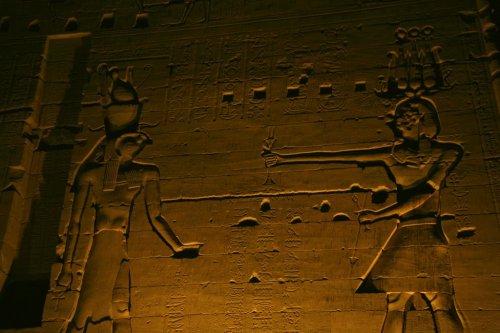Lying at the Ancient Egyptian quarries of Aswan is a giant obelisk that, unfortunately, was never erected. This is a shame because had it been erected, it would have been the largest Egyptian obelisk in the world, with a height of 137 feet while weighing over 1,200 tons. Fortunately today, the Ancient Egyptian’s loss is our gain. For historians and archaeologists, the unfinished obelisk is a treasure trove of information on how the Egyptians not only built their obelisks, but how they quarried granite, and what tools they used. When the Egyptians abandoned the obelisk, they left it behind complete with tool marks, markings left by engineers and architects, as well as a number of stone and copper tools.
























